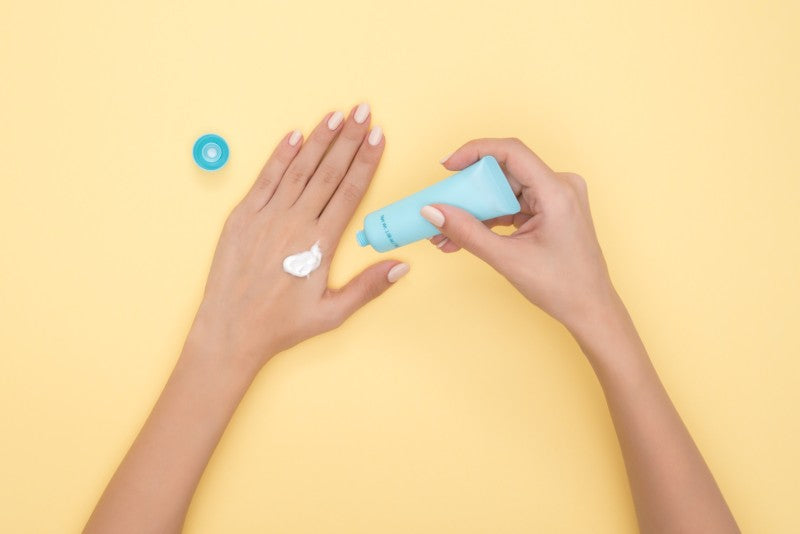
5 Beauty Tips About Common Skin Care Ingredients
Odds are you’ve stumbled across a #shelfie once or twice and wondered how it is that everyone seems to know so much more about skin care ingredients than you do. It can be hard to keep up with what the latest trends are because so many ingredients become popular for a few years before skin care companies move onto the next miracle ingredient. Hyaluronic acid, for example, is one of those ingredients that seems to have appeared overnight. Instead of sifting through all of these ingredients to figure out which one works best for you, we’ve listed a couple of common ones and how to use them to your advantage. One of the best beauty tips is to find out what works for you, not just what works for everyone else.
Hyaluronic Acid
This ingredient, like we mentioned before, has been touted in recent years as a miracle ingredient with hydrating and anti-aging properties. You’ll find that most skin care products that promise to hydrate contain this ingredient, but very few people actually know what it is. Unlike what it sounds like, Hyaluronic acid isn’t an acid in the same way that you’d think it is. The ingredient is found naturally in the human body and is a compound that acts as a lubricant for the joints and eyes.
In skin care, the ingredient is used to help water bind to the skin, allowing it to hydrate more directly. Because it’s more of a lubricant than an acid, it’s good for just about any skin type and won’t irritate or dry the skin. Hyaluronic acid lotion should be used as a way to hydrate dry skin or to simply give your skin a hydration boost.
Alpha-Hydroxy Acid (AHA)
Unlike Hyaluronic acid, Alpha-Hydroxy Acid acts like how you would think an acid would. AHA’s most commonly take the form of lactic acid and glycolic acid. These acids work to remove the glue-like properties that bind dead skin cells to the skin, revealing bright, glowing skin. An AHA is a chemical exfoliant, so if you’re using a form of this in your skin care routine you shouldn’t be using a physical exfoliant at the same time.
Beta-Hydroxy Acid (BHA)
Similar to AHA’s, a BHA is a chemical exfoliant that’s often found in acne-treating skin care products. While AHA’s work to slough off dead skin cells, BHA’s deeply penetrate the pores to remove dirt and grime. When working together, AHA’s and BHA’s can create powerful skin care products that help brighten and clear the skin.
BHA’s are most commonly seen as salicylic acid in skin care products and are found in facial cleansers specified to treat acne. However, it may be a good idea to use a product like an AHA as well to make sure that the skin you’re treating with a BHA isn’t blocked by the presence of dead skin cells.
Vitamin C
On its own, Vitamin C (also known as ascorbic acid) can’t bind to the skin. Skin care products that utilize vitamin C have to combine it with some other molecule to create its ability to brighten and tone the skin. Most vitamin C products will contain a variation of ascorbic acid in the form of ascorbyl glucoside, ascorbyl palmitate, ascorbyl tetraisopalmitate, or ascorbyl phosphate. Each variation of ascorbic acid will have different effects on the skin, so it’s important to understand what those are and which one is best for you.
Vitamin E
A powerful antioxidant, Vitamin E is often found in skin care products that promise to heal and treat damaged skin. Research has shown that Vitamin E is far less effective in chemically created form, so finding natural sources of Vitamin E will help your skin get the most out of its healing properties. Natural products like soybean oil, sunflower seeds, almonds, and wheat germ oil are known to carry natural sources of Vitamin E.







